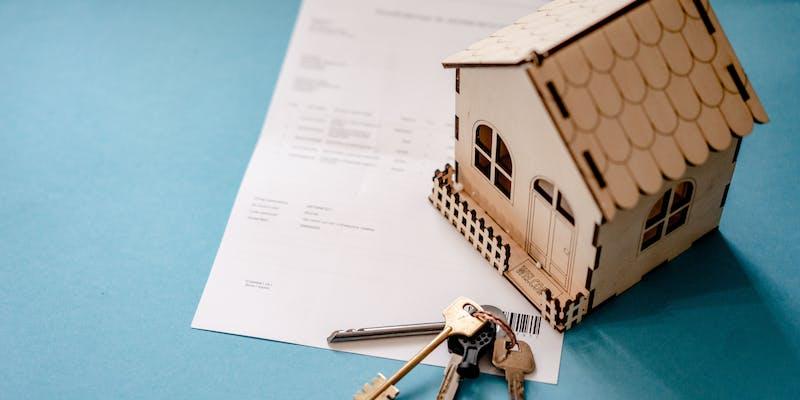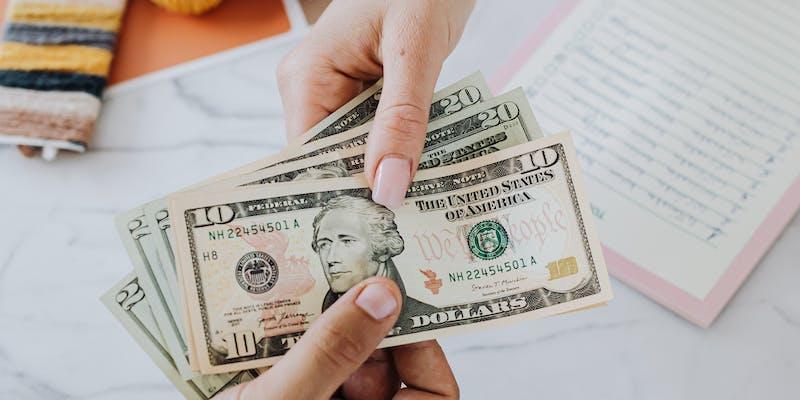2-1 Buydown Loan Explained: Functionality and Processes
Dec 28, 2023 By Triston Martin
Paying upfront is an easy way to lower the rate. A mortgage buydown lowers the initial interest rate, making payments easier. After the introductory period, the loan's interest rate will remain the same. Though not new, mortgage buydowns were more common in the late 1970s and early 1980s when interest rates were 18%.
Learning How the 2-1 Buydown Loan Functions
A popular option today is the 2-1 buydown. This program cuts interest rates by 2% in the first year and 1% in the second. This structure helps borrowers immediately in their first few mortgage years.
From a logistical perspective, the 2-1 buydown works by requiring an upfront payment to compensate for the lender's interest loss in the first two years. While this might seem counterintuitive for borrowers seeking savings, sellers, and contractors often leverage the strategy as a selling point. They offer to pay the upfront fee to incentivize buyers, making the property more attractive without lowering the asking price. This approach benefits both parties: buyers enjoy reduced rates initially, and sellers can expedite the sale process.
The seller typically handles the 2-1 buydown fee at the loan closing. This fee is then placed in an escrow account, ensuring its proper use for the intended purpose. The 2-1 buydown loan estimate is crucial, providing a clear financial picture for all parties involved. This strategy exemplifies how the 2/1 buydown example can be effective in real estate transactions, benefiting buyers and sellers in a competitive market.
Example of a 2-1 Buydown Program

A 2/1 buydown example may appeal to homebuyers who want lower initial loan costs. Consider this scenario: You want a $250,000 home and will put down 5%, or $12,500. The mortgage balance is $237,500. Imagine getting a 30-year loan at 6.5% fixed. Normal circumstances would result in a $1,501 monthly repayment.
In this arrangement, your interest rate will be reduced by two percentage points to 4.5% in the first year and then by one percentage point to 5.5% in the second. Six percent third-year rates revert to 6.5%.
In the first year, you'd save $298 monthly, lowering your payment to $1,203. The fee rises to $1,348 from the standard rate in the second year, but you still save $153 per month. You'll pay $1,501 per month again in year three. The total savings over the first two years sum up to $5,412. Remember, this amount is required upfront at closing as a fee for the buydown.
Essential Requirements Set Standard For 2-1 Buydown Loan Program
Compass Mortgage's 2-1 buydown loan program offers fixed-rate mortgages. This program accepts conventional, FHA, and VA loans. The initial investment, either mortgage points or escrow funds, is crucial to this program. The seller, buyer, or builder can pay for this.
Please include all home purchase and loan information when applying for this 2-1 buydown estimate. This procedure consists of a thorough financial and credit report review. Candidates must meet program income, debt-to-income ratio, down payment, and credit score requirements.
The loan officer will explain closing costs and mortgage insurance to applicants. Lending officers help homebuyers find the best loan program for their budgets throughout the application process. This shows financial responsibility and customer service.
Shift in 2-1 Buydown Loan Rates
After enjoying reduced rates in the first two years, the 2-1 buydown loan program transitioned to the initially agreed rate of 6.5%. It's essential to note that your loan approval was based on this rate, suggesting financial comfort with this amount.
Nevertheless, a person’s financial position could alter rapidly. It could be much for you to pay within two years if your financial situation has changed. However, in case of money problems, borrowers have to notify their loan officer. If these conversations start early, managing the transition and finding solutions will be easier.
It's worth noting that while the 2-1 buydown offers short-term relief, it's important to plan for the long-term scenario where the higher interest rate applies. Understanding the full scope of the 2-1 buydown loan estimate is crucial in making an informed decision that aligns with your financial goals and capabilities.
Interest Rate Fluctuations and Refinancing Options
Market fluctuations 2/1 buydown examples can make it challenging to predict mortgage interest rates. Other analysts think rates will remain the same, but others speculate they will decrease. A loan with a 6.5 % interest rate can be refinanced if the average rate drops below 5.5 percent within two years. Borrowers get lower interest rates and monthly payments.
Several lenders allow refinancing during or after the buydown period. Keep up with market trends and talk to your lender about refinancing, especially if interest rates drop. Being proactive can lead to financial benefits and a simpler mortgage.
Advantages of 2-1 Buydown

Lower Initial Two-Year Interest Rates
2-1 buydowns lower mortgage interest rates for the first two years. Averaged 2 percent in the first year and 1 percent in the second, the reduction is significant. Borrowers can lower their initial payments by temporarily reducing interest rates. A decrease of 2% for a $300,000 loan will lead to saving $ 6,000 in the first year. A 2-1 buydown loan program eases financial stress on individuals who may have more money.
Seller/contractor Fee
The seller or contractor usually covers the upfront fee for a 2-1 buydown in the sale agreement. This is common in housing markets where sellers want to improve their properties' appeal. Sellers can appeal to buyers seeking lower initial payments by covering the 2-1 buydown loan estimate fee. This strategy eliminates initial costs for buyers, making it a marketing and financial benefit.
Affordable Housing Access
A 2-1 buydown allows borrowers to buy unaffordable homes with a conventional mortgage due to lower initial payments. In high-housing-price markets, affordability is crucial. A borrower can buy a home that is 10-15% more expensive than they could with a conventional mortgage by choosing a 2/1 buydown arrangement. This benefit gives buyers more housing options, allowing them to invest in high-value properties.
Profit
Borrowers have two years to increase their income before the full mortgage rate with the 2-1 buydown. This window especially benefits those who can increase their revenue through promotions or higher-paying jobs. The shorter repayment period protects borrowers from rising payments by allowing them to adjust their finances. The strategic timing of a 2-1 buydown option helps young professionals and those expecting financial growth advance their careers.





